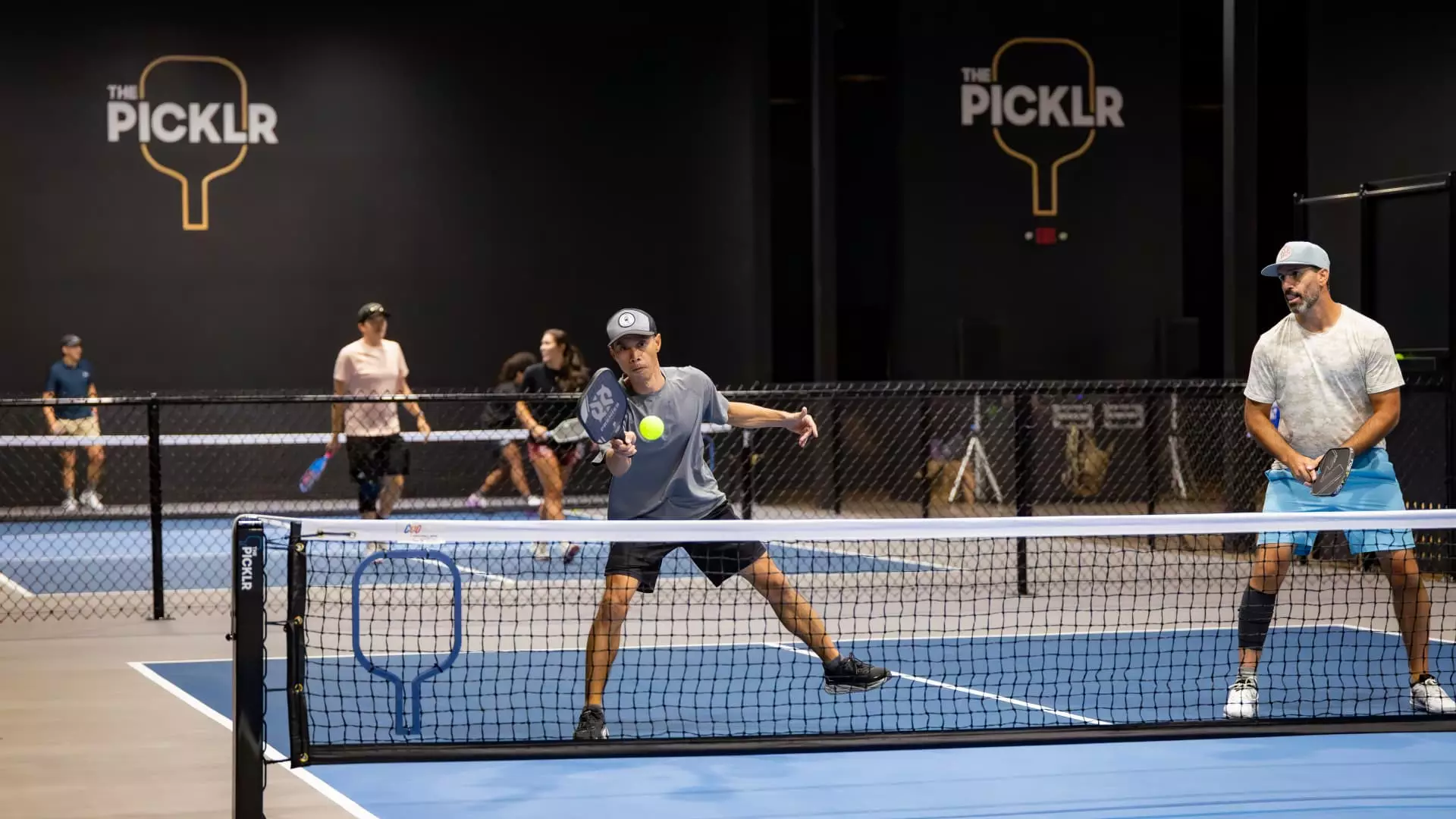The world of sports is often defined by fleeting trends, yet pickleball stands out as an anomaly, rapidly solidifying its place in the global athletic landscape. The recent announcement that The Picklr, the largest pickleball franchise in the world, will launch 20 new clubs across Japan signifies not just a business expansion but the symbolic recognition of pickleball’s burgeoning role in sports culture. With growing hordes of enthusiasts, the sport’s acceptance into new markets like Japan speaks volumes about changing social dynamics where health, community, and recreation take precedence.
The sport has already witnessed staggering participation growth, so the decision by The Picklr, under the leadership of CEO Jorge Barragan, to boldly enter the Japanese market resonates with an understanding that this isn’t just about entering a new geographical territory; it’s about harnessing the essence of a nation that exhibits a cultural penchant for health and community activities. For a sport that has traditionally catered to a more niche audience, this expansion can either validate pickleball as a legitimate player in the global sports arena or risk it becoming a mere novelty in a crowded field.
The Aggressive Growth Strategy
One can’t help but notice Barragan’s aggressive growth strategy, characterized not only by the assimilation of franchises but also by ambitious targets for annual expansion. Currently operating around 40 locations in North America, the goal of reaching 80 by year’s end places The Picklr on a growth trajectory that could be viewed as either visionary or reckless.
In a sensible approach, they’ve partnered with Nippon Pickleball Holdings—Japan’s frontrunner in promoting this sport—signifying an intelligent, strategic approach to mitigate the risks involved in unfamiliar markets. But for me, this raises deeper questions about cultural appropriation versus genuine appreciation. Will the influx of pickleball in Japan evolve the sport or dilute its identity in an international quest for growth?
Membership Model and Community Engagement
The Picklr utilizes a membership model, boasting an average of 500 to 700 members per club. This approach underlines an emphasis on community, but it also places pressure on maintaining high engagement levels to ensure member satisfaction. Are these clubs truly fostering a sense of belonging, or are they simply functioning as profit-driven enterprises treating sports as a commodity?
Barragan cites health consciousness as a driving factor behind pickleball’s growth in Japan, framing it within a context of community well-being. While this is a laudable perspective, it begs scrutiny: how is this translated on the ground? Are these facilities outfitted not just with courts but also with comprehensive health services, educational programming, and inclusive community activities? Engaging with the local community in an authentic way should be considered a non-negotiable factor in this expansion.
The Future of Pickleball in Asia
What’s particularly intriguing is that Barragan views Japan as a “launching pad” for further expansion into Asia. This is a bold assertion given the varied cultural landscapes within Asia. A one-size-fits-all approach risks packages like The Picklr overlooking the specific needs and preferences of different locales. While pickleball may succeed in metropolitan Japan, its scalability to other Asian countries may face obstacles—how will it resonate in countries with their own established sports traditions?
Additionally, Barragan’s optimism that interest in the sport will not dwindle raises both hope and skepticism. Let’s be candid: sustaining momentum is a tall order in a world inundated with distractions. The fast-paced cycle of trends has led many sports to crash and burn just as quickly as they rise. Will pickleball avoid this fate?
In July, the United Pickleball Association’s plans for international growth with events in diverse global locales—from Australia to India—suggest this enthusiasm is indeed infectious. Yet, as the sport burgeons internationally, it faces the risk of homogenization. Will local flavors and distinct styles of play be suppressed in favor of a standardized brand, or will the essence of pickleball adapt and flourish in its new environments?
In a nutshell, pickleball’s burgeoning presence in Japan and beyond should act as both a lamp and a mirror: shedding light on our academic fascination with fitness trends while reflecting the core values we wish to uphold in the sporting world.

